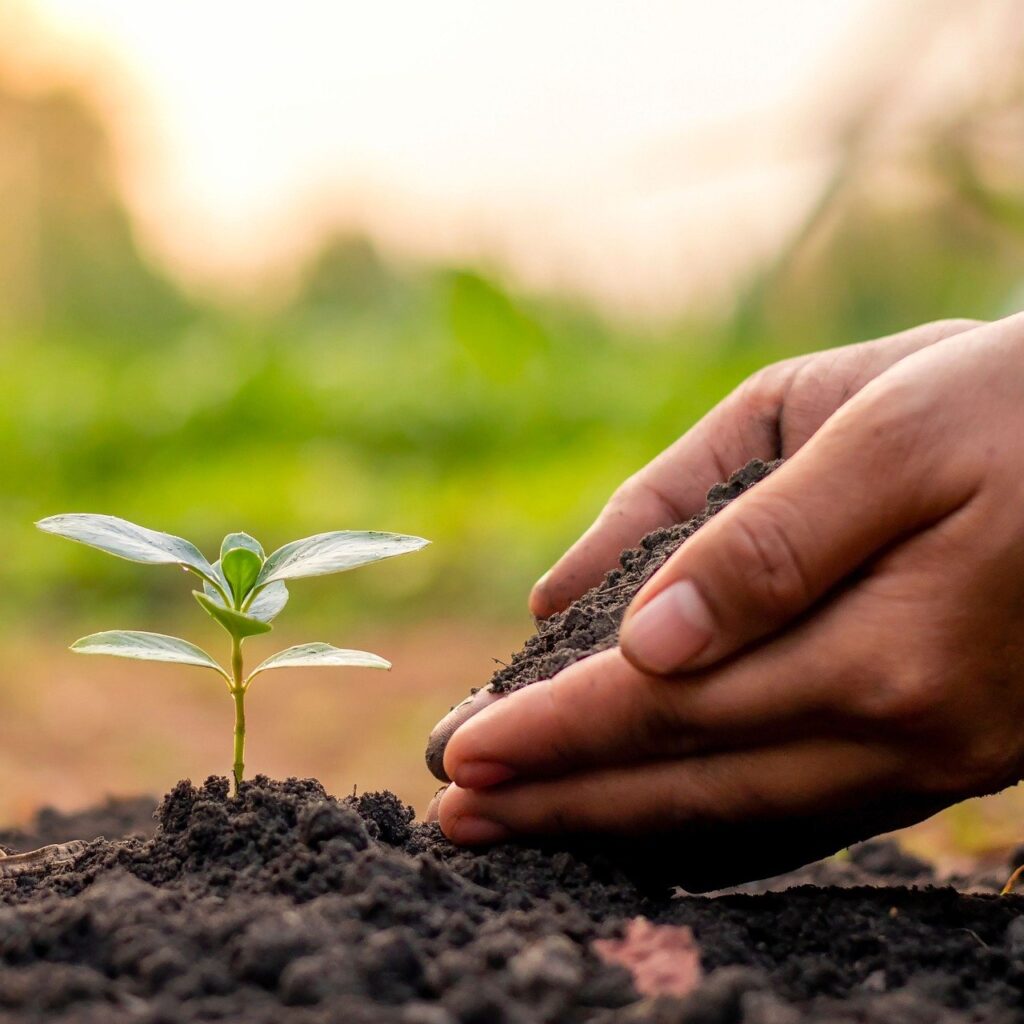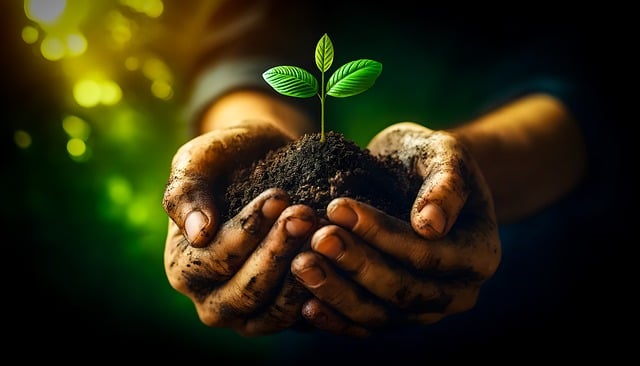How do expert gardeners achieve lush, thriving plants without relying on synthetic fertilizers? Well, the secret lies in their soil, specifically, the organic living soil recipe that they create themselves. And guess what? You can do it too, right from the comfort of your backyard!
Living soil is the cornerstone of a flourishing garden. It’s an intricate community of microorganisms like bacteria, fungi, and protozoa, as well as various plant materials and organic matter, that work together to cultivate a nutrient-rich environment to promote plant growth.
This blog post will highlight what a living soil recipe is and the steps to follow to create your own living soil.
What is Living Soil Recipe

The organic living soil recipe is a soil mix that contains a complex ecosystem of microorganisms, fungi, and bacteria that work together to create a healthy soil environment. This soil recipe is a popular choice among organic growers who want to mimic the natural growing environment of plants for their gardens.
Steps to Create Your Own Organic Living Soil Recipe
Here are the 5 easy steps to create your own living soil recipe:
- Know the Basics of Organic Living Soil
Before you start with the recipe, it’s important to know what makes organic living soil different. Organic living soil is full of beneficial microbes, fungi, and nutrients that create a natural environment for plants.
Unlike standard soil mixes, it provides a self-sustaining ecosystem for your garden. Plants in this type of soil have access to all the nutrients they need without needing extra fertilizers. A thriving living soil ecosystem is composed of three main elements, namely, organic matter, minerals, and microorganisms.
Microorganisms such as bacteria, fungi, and protozoa are necessary to the living soil, breaking down organic matter to release plant-available nutrients and improving soil structure for plant growth.
Organic matter like leaves, grass clippings, and plant debris is an integral part of living soil that nourishes microorganisms, improves soil structure, and helps retain moisture in the soil.
Minerals such as calcium, magnesium, and potassium are also provide nutrients for plants and contribute to overall soil health. Rock dusts and compost are a valuable source of minerals & long-lasting nutrients.
- Assemble All the ingredients
Before making a living organic soil recipe, make sure you have the right ingredients and they are ready to start. The right ingredients needed are listed below;
Compost: This is the heart of living soils. Composting is the natural process of recycling organic matter, such as leaves and food scraps, into a valuable fertilizer that can enrich soil and plants. Make sure the compost is fully decomposed, so it doesn’t burn the plant roots.
Worm Castings: Worm castings are an organic fertilizer made by earthworms. Worm castings manure, also known as vermicast, is simply earthworm excrement, often known as worm poo or worm poop. As these creatures consume compost, their waste acts as an excellent soil enrichment and enhances soil aeration and drainage.
Coco Coir or Peat Moss: Coco coir is a popular alternative to peat moss in soil mixes. It’s an environmentally friendly, renewable resource made from the fibrous husk of the coconut. Both Coco coir and peat Moss provide excellent water retention and aeration, making it an ideal choice for cannabis growers.
Perlite or Pumice: Pumise is a mineral-rich, lightweight, and porous material that offers excellent drainage, aeration, and nutrient retention for your plants. Perlite is a popular soil amendment for its ability to improve soil structure and root growth, as well as its affordability and availability.
Minerals: Minerals like rock dust, gypsum, and dolomite lime provide trace elements that plants need for growth. These minerals maintain a balanced pH and prevent nutrient deficiencies.
- Mix the Ingredients in the Right Proportion
To make an organic living soil recipe, mix the following ingredients:
1 part peat moss or coco coir
1 part compost
1 part perlite
1/2 part vermiculite
1/2 part worm castings
1/2 part humus
1/4 cup of rock dust per cubic foot of soil
This soil mix requires less maintenance than traditional soil mixes because the microorganisms in the soil help to break down organic matter, releasing nutrients to the plants over time.
- Activate Your Soil
After mixing your Organic Living Soil Recipe, you need to activate it by adding more microbes to kickstart the decomposition process. You can do this using:
Compost Tea: Compost tea is a liquid made from steeping compost in water. It’s full of microbes that help break down organic matter in your soil. To make compost tea, mix one part compost with five parts water, let it sit for 24-48 hours, then strain and pour it over your soil mix.
Mycorrhizal Fungi: These fungi form symbiotic relationships with plant roots which helps them absorb more water and nutrients. You can buy mycorrhizal fungi powder from garden centers and sprinkle it directly onto your soil mix.
Let the soil sit for a week or two to give the microbes time to establish themselves and start breaking down organic matter.
- Let the Soil Cure Before Planting
Before utilizing the soil, let it rest for a few weeks. Curing allows the microorganisms to completely decompose organic components and establish a healthy habitat for your plants.
Locate a shady area in your garage or garden, cover the dirt with a tarp or breathable cloth, and leave it there for at least two to four weeks. Microbial activity will cause the soil to warm up a little during this period, indicating that the decomposition process is underway.
To guarantee even curing, turn the soil every several days. You can lightly mist the soil if it appears too dry, but do not soak.
Summary

Organic Living soil recipe is the key to a healthy, thriving garden. With its intricate blend of microorganisms, organic matter, and minerals, living soil cultivates a nutrient-rich environment to promote plant growth.
Just a few simple ingredients and a little patience can give your plants the best start possible.





